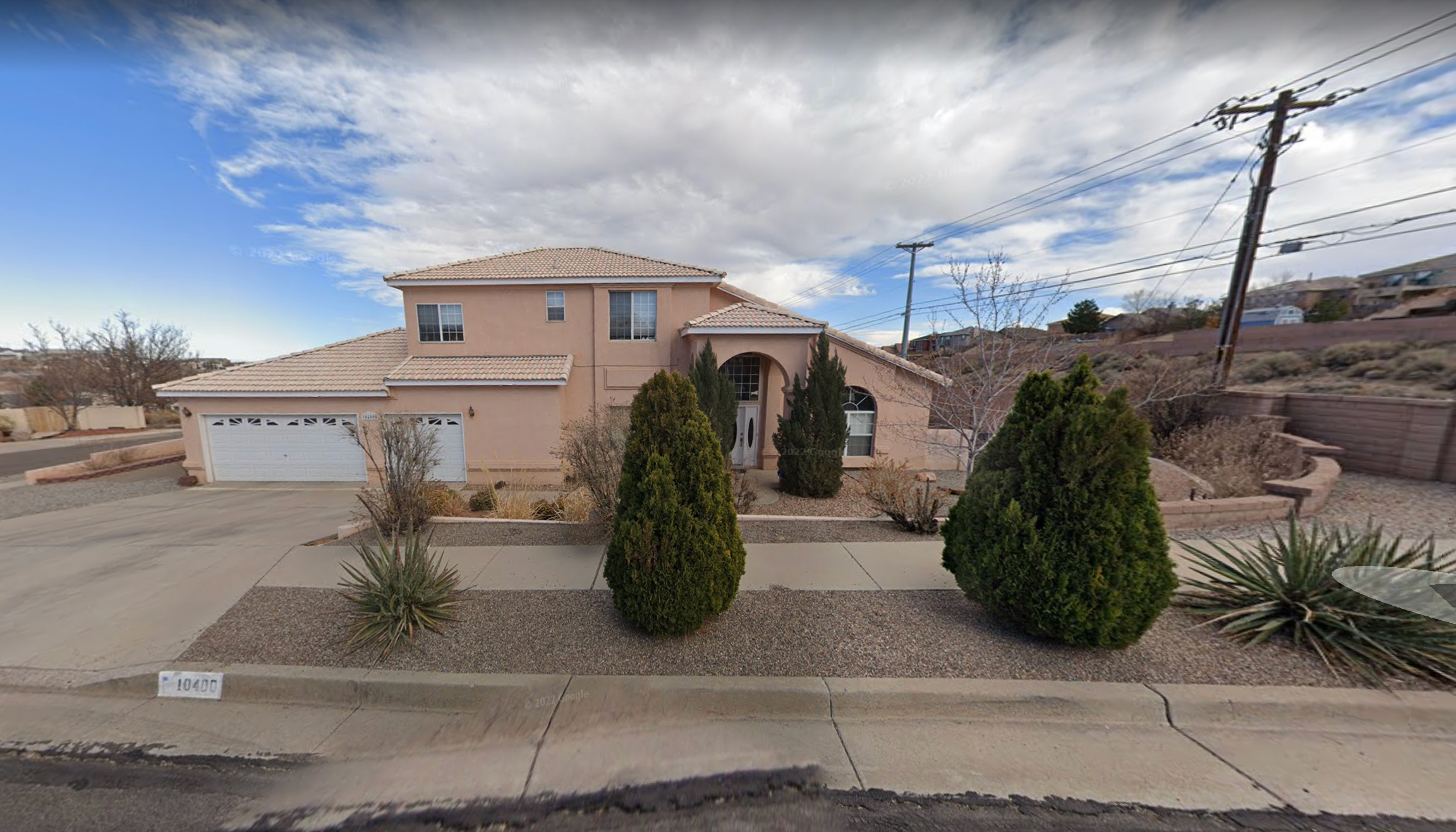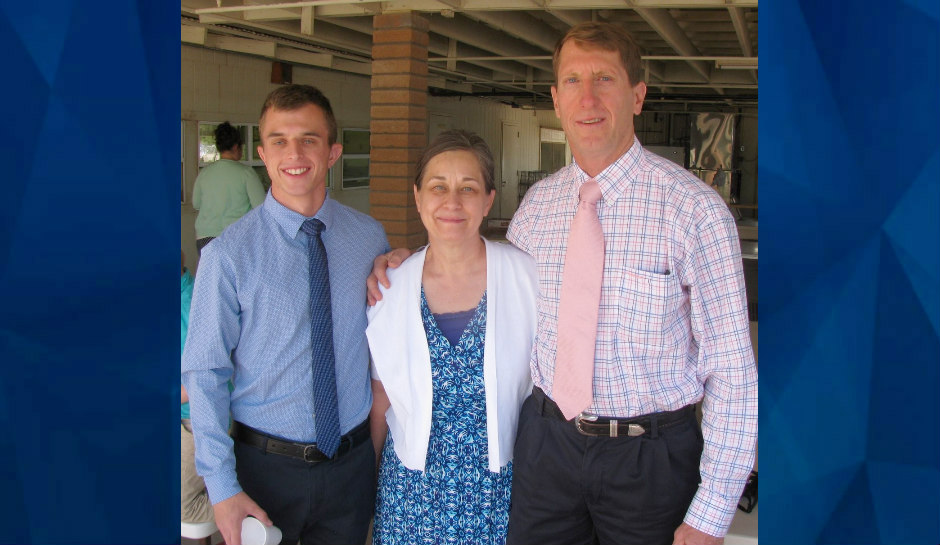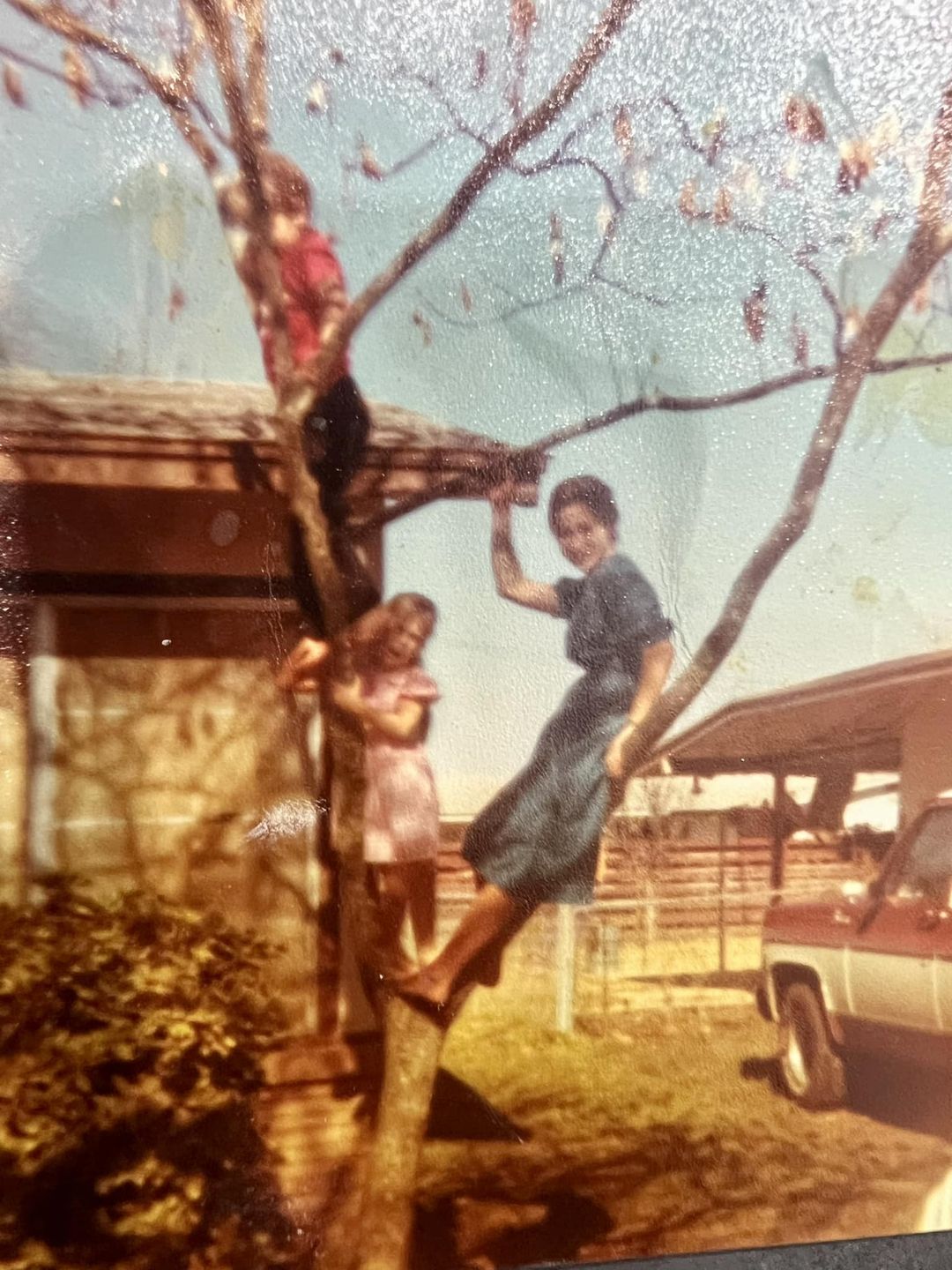Images related to a criminal investigation involving Karlan and Connie Denio: What do these photographs reveal?
Photographs associated with criminal investigations, often referred to as crime scene photos or mugshots, depict individuals or locations relevant to a suspected crime. These images, if they exist, could show evidence, suspects, or the scene of the crime. The specific nature and content of such photos would depend on the crime in question.
The importance of such images lies in their potential evidentiary value. They can document events, identify suspects, or corroborate witness testimony. Their historical context depends on the specific case; they might be crucial for current investigations or part of archival records for past cases. These visual records are crucial for both law enforcement and legal proceedings. While the presence or absence of such images could significantly impact an investigation, the images themselves do not constitute an investigation.
Moving forward, a comprehensive article exploring the investigation surrounding this case would need to delve into the specifics of the alleged crime, the timeline of events, legal proceedings, witness accounts, and any other relevant information to provide context to the photographs.
Karlan and Connie Denio Crime Photos
Photographs related to a criminal investigation involving Karlan and Connie Denio, if they exist, hold crucial evidentiary value. Understanding these images requires careful examination of several key aspects.
- Evidence
- Suspects
- Crime scene
- Timeline
- Legal context
- Public perception
The evidentiary value of these photographs, if available, hinges on the context of the investigation. Photographs of the crime scene might show crucial details, while images of suspects might aid identification. Understanding the timeline of events is essential, as photographs can potentially confirm or contradict witness accounts. The legal context, including the nature of the charges and ongoing proceedings, directly shapes how these images are interpreted and used in the judicial process. Public perception plays a part, as images can evoke various reactions and influence public discourse around the case. Ultimately, analyzing these photographs within a holistic framework, including the totality of evidence, is vital to any comprehensive understanding of the case. For example, if photos support a claim of self-defense, this contextual information becomes even more critical.
1. Evidence
Photographs related to a criminal investigation, potentially encompassing Karlan and Connie Denio, serve as a crucial component of evidence. These images, if they exist, can visually document aspects of the case, providing tangible proof that may aid in understanding the events surrounding the alleged crime. Evidence, in this context, encompasses physical traces and visual representations from the scene of a crime. Photographs can document the scene's condition, the presence of certain objects, and potential injuries or damages. This visual record can corroborate witness statements, support or refute claims made by suspects, and, in some instances, form the cornerstone of a criminal investigation.
The significance of evidence in legal proceedings cannot be overstated. For example, in a case involving allegations of domestic violence, photographs of injuries or the condition of a residence might be critical to building a case. Similarly, images of suspects at a crime scene or in possession of items associated with a crime can be powerfully persuasive evidence. Photographs, when accurately documented and authenticated, can offer objective representations of events and are thus highly valued in legal proceedings. The chain of custody and proper handling of these images are paramount to maintaining the integrity of the evidence presented. Critically, photographs must be analyzed in conjunction with other evidencewitness testimony, forensic reports, and physical evidenceto establish a complete picture.
In summary, photographs associated with a criminal investigation, including those potentially related to Karlan and Connie Denio, are a critical form of evidence. Their value stems from their ability to document physical aspects of a case, potentially corroborating or challenging claims made in the investigation. The effective utilization of such evidence requires careful consideration of proper procedural guidelines to maintain its integrity and ensure its admissibility in legal proceedings. Analysis of evidence, including photographs, should always be performed alongside other investigative materials for a comprehensive understanding.
2. Suspects
Suspects, in the context of a criminal investigation, are individuals identified as potentially involved in an alleged crime. Photographs associated with such investigations can play a significant role in identifying and connecting suspects to the alleged criminal activity. This connection might manifest in various ways, including images that show the suspect at or near the scene of the crime, in possession of items related to the crime, or displaying characteristics indicative of involvement.
In a criminal investigation, the identification and subsequent apprehension of suspects are critical steps. Photographs can be instrumental in this process. For example, a suspect's photograph taken near a crime scene or in possession of stolen property can strengthen the case against them. Conversely, the absence of photographs linking a suspect to the crime might weaken the case. The quality and context of these images are paramount; a poorly taken photograph or one lacking crucial context could be ineffective, or even detrimental to the investigation. The ability of photographs to accurately depict the suspect and the circumstances surrounding the alleged crime is essential for their effectiveness. A mugshot, for example, can be critical for identifying a suspect. Similarly, a photo of a suspect interacting with an object that is linked to the crime would provide a key piece of evidence.
In summary, suspects are central to criminal investigations. Photographs can provide crucial links between suspects and alleged criminal activities. The evidentiary value of such images hinges on factors like the image's clarity, context, and the overall investigation. Thorough consideration of these visual elements contributes to the investigation's integrity and enhances its potential for successful legal outcomes. A proper evaluation of "Karlan and Connie Denio crime photos," if available, in this context, must therefore include a careful analysis of the possible links to potential suspects.
3. Crime scene
A crime scene, in a criminal investigation, is the location where a crime occurred. Photos of a crime scene, potentially including those associated with Karlan and Connie Denio, are often crucial pieces of evidence. The crime scene itself is a critical component of the investigation. Photographs taken at the scene can capture critical details, including the layout of the area, the position of objects, and any physical evidence present. These images can reveal vital clues, supporting witness testimony, reconstructing the sequence of events, and potentially identifying patterns or connections. For example, a photo showing a broken window in a particular direction might suggest the entry point of an intruder.
Accurate documentation of the crime scene is vital. Photographs serve as a permanent record, preserving details that might otherwise be lost or altered over time. A comprehensive understanding of the crime scene, captured in images, can lead to a more complete understanding of the crime's context, supporting the investigation's trajectory. For example, if a crime scene displays specific characteristics, images might reveal important details about the perpetrator's methods or motivations. Further, the crime scene photos offer a visual narrative, which can assist in reconstructing the events leading up to, during, and following the crime. Such insights can potentially identify possible inconsistencies in witness accounts or point towards overlooked details. The significance of the crime scene's visual representation extends to its subsequent use in legal proceedings.
In conclusion, the crime scene's depiction through photographs is crucial for any criminal investigation, including potential cases linked to Karlan and Connie Denio. Precise documentation of the scene is essential to capturing vital evidence. Accurate representations of the scene offer a visual narrative that supports the overall investigation and potentially aids in identifying patterns, motives, and the sequence of events. Photographs of the crime scene, when considered alongside other evidence, can significantly contribute to a comprehensive understanding of the case.
4. Timeline
The timeline of events surrounding an alleged crime, such as a case potentially involving Karlan and Connie Denio, is intrinsically linked to any associated photographs. A well-defined timeline provides context for the images, allowing investigators to understand the sequence of events depicted and their significance within the larger investigation. Critically, a timeline helps establish the time of image capture, which is crucial for corroboration and potential challenges to the credibility of the photographs. The specific time of day, date, and duration of events depicted in images can directly impact the interpretation of their value.
Consider, for example, a photograph of a suspect at a crime scene. If the timeline indicates the suspect was at the scene well after the crime occurred, the photograph's evidentiary value diminishes significantly. Conversely, if the timeline aligns with witness accounts or other evidence, the photograph strengthens the case. A photograph of the scene might reveal, for instance, a broken window. Understanding the time of breakage is critical. If the timeline shows the window was broken before the reported crime, this significantly weakens the photo's significance within the sequence of events. Similarly, photographs of an individual at a location could be viewed as crucial if the timeline matches their presence with a specific timeframe of the crime. The timeline's accuracy becomes critical in establishing the validity and reliability of these visual representations. Without a precise and reliable timeline, the analysis of crime scene photos becomes significantly more complex, requiring rigorous scrutiny and alternative methods of evidence analysis to ensure proper evidentiary standards are met.
In summary, the timeline provides critical context to crime scene photographs. Accurate timelines ensure the photographs' evidentiary value is appropriately assessed. Without a reliable timeline, the interpretation and utilization of images are problematic, and the investigation's accuracy could be compromised. Careful attention to time-related elements within the investigation, especially when analyzing photographs, reinforces the overall integrity of the investigation and supports the eventual judicial decision-making process. The importance of a clear and accurate timeline, particularly in relation to photographs, is indispensable in any investigation involving alleged criminal activity.
5. Legal Context
The legal context surrounding a criminal investigation, including any potential case involving Karlan and Connie Denio, profoundly impacts the interpretation and admissibility of photographs. Legal frameworks dictate the rules governing the collection, handling, and presentation of evidence, including visual representations. These frameworks vary by jurisdiction and can include regulations on obtaining search warrants, preserving evidence, and chain of custody procedures. The validity of photographs is directly contingent upon compliance with these legal parameters. For instance, improperly obtained or handled photographs can be inadmissible in court. This critical legal context shapes the entire investigation, as the photographs must adhere to evidentiary standards.
Specific legal precedents influence how photographs are interpreted. Case law might establish guidelines for the admissibility of images from a crime scene. Expert testimony, critical to interpreting complex photographs, is often subject to legal standards of admissibility and qualifications. Photographs, especially those depicting sensitive or potentially prejudicial material, might be subject to strict rules of evidence. This ensures fairness and the reliability of the court process. The legal context encompasses procedural aspects, such as the need for proper authentication of images, the establishment of their relevance to the case, and the avoidance of prejudicial depictions. For instance, a photograph that might incite emotional reactions from a jury is likely to be excluded due to a legal framework emphasizing impartiality.
Understanding the legal context surrounding photographs is crucial for a comprehensive analysis of their implications. The adherence to legal procedures during their acquisition and presentation safeguards the integrity of the investigation and ensures fair legal proceedings. This understanding is paramount to interpreting the potential significance of "Karlan and Connie Denio crime photos" within the context of a criminal case. Challenges might include discrepancies in legal interpretations across jurisdictions, the need for expert testimony to explain complex visual elements, or the ethical implications of using certain types of photographs. This highlights the importance of rigorous adherence to legal guidelines to ensure fair, just, and accurate legal processes.
6. Public Perception
Public perception, often influenced by readily available information, including photographs related to criminal investigations, can significantly impact how a case is viewed and understood. Images, especially those associated with individuals like Karlan and Connie Denio, can evoke strong emotional responses and shape public opinion. The nature of these images, their clarity, and their context all contribute to the public's interpretation. For instance, graphic images might provoke outrage or fear, while images lacking context might lead to speculation and misinterpretation. Such perceptions can be significant, influencing public discourse, potentially affecting legal proceedings, and shaping the overall narrative surrounding a case.
The influence of public perception on criminal investigations is substantial. Public opinion can potentially pressure law enforcement to act quickly or differently. This pressure, while not always justified, can sometimes affect the investigation's course or the methods employed. Misinterpretations of images can lead to the formation of biases, prejudices, and unfounded opinions, potentially distorting the factual understanding of the situation. Furthermore, these perceptions can extend beyond the immediate case and affect perceptions of law enforcement, the justice system, and societal trust. Real-life examples demonstrate this impact, highlighting instances where images triggered substantial public reactions, influencing media coverage, shaping social media discussions, and impacting public confidence in institutions. It's important to emphasize, however, that public perception isn't always reflective of the facts of the case.
In summary, public perception, significantly influenced by images, like those potentially related to Karlan and Connie Denio, holds substantial weight in criminal investigations. Careful consideration of the potential impact on public opinion is crucial. The interplay between the visual aspects of the investigation, the information provided alongside these visuals, and the public's broader understanding of crime and justice dictates the narrative's trajectory. Recognizing the potential for misinterpretation, bias, and distortion is vital in evaluating any case, especially when images are a prominent component of public discourse. Understanding this connection helps provide a more balanced and nuanced understanding of criminal investigations and their broader societal implications.
Frequently Asked Questions about Karlan and Connie Denio
This section addresses common inquiries surrounding the investigation involving Karlan and Connie Denio. The information presented is based on publicly available information and should not be interpreted as legal or investigative conclusions.
Question 1: What is the nature of the alleged crime?
Specific details regarding the alleged crime are not publicly available at this time. Information related to criminal investigations is often released gradually and strategically to maintain the integrity of the legal process.
Question 2: Are photographs of Karlan and Connie Denio publicly available?
Access to photographs in criminal investigations is often restricted to maintain the integrity of ongoing inquiries. Public release of such images typically occurs only when authorized by legal authorities.
Question 3: How can I determine the accuracy of information regarding this case?
Verify information from reputable news sources, especially those known for journalistic accuracy and in-depth reporting. Avoid spreading unconfirmed or unsubstantiated rumors or speculation.
Question 4: What is the role of photographs in a criminal investigation?
Photographs can serve as vital evidence. These images can document the crime scene, identify suspects, and support witness testimony. Their value depends on factors like the accuracy of their depiction and their proper handling within the legal framework.
Question 5: Where can I find more reliable information regarding the case?
The most reliable sources include official reports from law enforcement agencies and legal documents associated with the case. Seek out well-respected news organizations that are actively covering this investigation.
Accurate and unbiased information is vital in understanding complex cases. Carefully evaluating sources and verifying information are essential for a comprehensive understanding.
Moving forward, a deeper exploration of the investigation will require understanding the specific legal frameworks and considerations involved in such cases.
Conclusion
The investigation surrounding Karlan and Connie Denio, if photographs exist, necessitates a careful and comprehensive approach. Images related to criminal investigations hold crucial evidentiary value, capable of documenting critical aspects of an incident. Factors such as the time of image capture, the chain of custody, and adherence to legal procedures significantly impact the images' admissibility and interpretation in a legal setting. The potential for public perception to influence the case underscores the need for a dispassionate and thorough examination of the evidence, considering its context within the larger investigation. This exploration necessitates a deep understanding of legal frameworks, evidentiary standards, and the potential for misinterpretation or bias.
The case underscores the importance of adhering to rigorous investigative protocols. Accurate documentation, proper handling of evidence, and a meticulous approach to timeline analysis are critical for ensuring fairness and objectivity. Moreover, a nuanced understanding of the public's role in shaping perception, coupled with the protection of individual rights, is essential for navigating such sensitive cases. The exploration of "Karlan and Connie Denio crime photos," if available, emphasizes the necessity for careful consideration of each element within the legal framework to ensure a just and equitable outcome.
Article Recommendations



ncG1vNJzZmibkafBprjMmqmknaSeu6h6zqueaJmTqb%2Bmv9KeqmavmKR6pbHFoqWenF%2BgrrO4wKdkmqaUYrCwus2inGaclaO2sHnCq6CmnV2ltbDAzqxloaydoQ%3D%3D